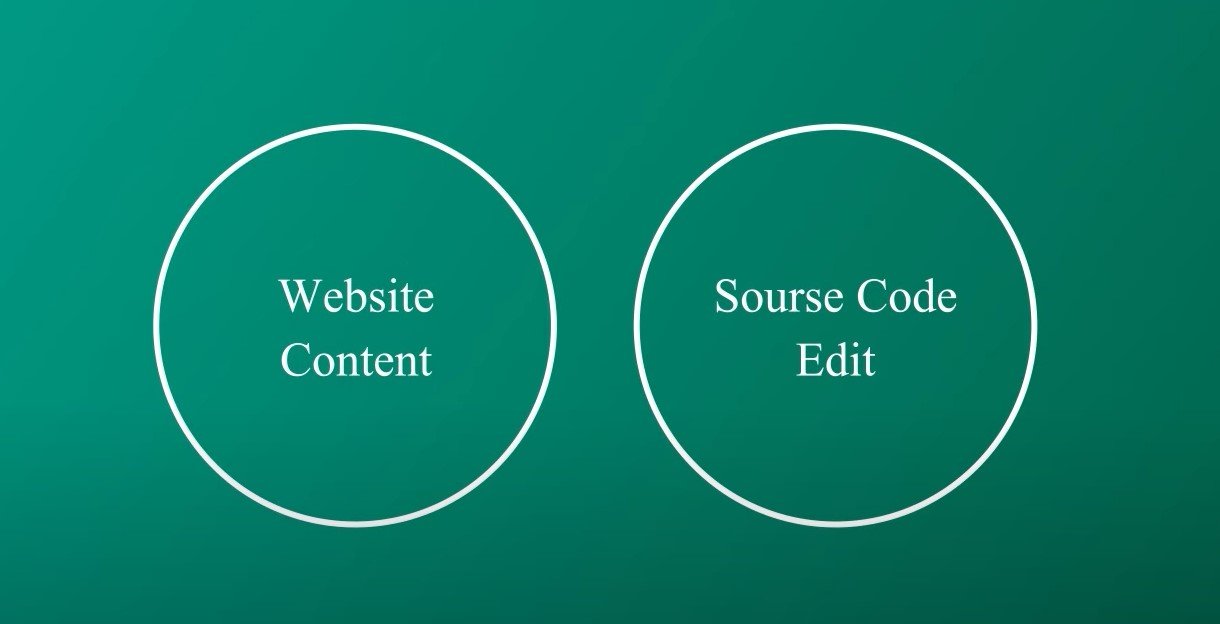On-Page SEO in 2025: A Practical Guide
On-page SEO is the practice of optimizing individual web pages to rank higher and earn more relevant traffic in search engines. In 2025, while the core principles remain, the emphasis shifts towards user experience, comprehensive content, and leveraging AI advancements. Here’s a practical guide:
1. Keyword Research & Intent Mapping:
- Practical Step: Use advanced keyword research tools like Semrush, Ahrefs, or Google Keyword Planner to identify high-potential keywords with clear search intent (informational, navigational, commercial, transactional).
- 2025 Focus: Go beyond single keywords. Identify topic clusters and long-tail variations that reflect natural language queries and user intent throughout their buying journey.
- Tool Tip: Utilize AI-powered keyword research tools that can analyze search intent behind keywords and suggest related topics for comprehensive content creation.
2. Crafting High-Quality, Comprehensive Content:
- Practical Step: Create in-depth, well-researched content that fully answers the user’s query and provides additional value. Structure it logically with clear headings, subheadings, bullet points, and visuals.
- 2025 Focus: Aim for “information gain” – providing more valuable and unique insights than competing content. Leverage diverse content formats like videos, infographics, and interactive elements.
- AI Integration: Use AI writing assistants to help with research, outlining, and generating initial drafts, but always ensure human editing for accuracy, tone, and brand voice.
3. Optimizing Title Tags & Meta Descriptions:
- Practical Step: Write compelling and concise title tags (under 60 characters) that include your primary keyword near the beginning and accurately reflect the page’s content. Create unique meta descriptions (under 160 characters) that entice users to click by highlighting the page’s value proposition.
- 2025 Focus: Optimize for click-through rate (CTR). Use power words, emotional triggers, and clearly state the benefit of clicking. Consider incorporating numbers or questions.
- Testing: A/B test different title tags and meta descriptions to see which ones drive the most clicks.
4. Strategic Use of Header Tags (H1-H6):
- Practical Step: Use only one H1 tag for the main topic of the page, ideally incorporating your primary keyword. Use H2-H6 tags to structure subtopics logically, improving readability and helping search engines understand the content hierarchy.
- 2025 Focus: Ensure header tags accurately reflect the content within each section. Use relevant keywords naturally in subheadings to provide context.
5. Optimizing URLs:
- Practical Step: Create short, descriptive URLs that include your primary keyword and are easy for both users and search engines to understand. Use hyphens to separate words.
- 2025 Focus: Keep URLs as concise as possible. Remove unnecessary words and numbers.
6. Image Optimization:
- Practical Step: Use relevant, high-quality images. Compress image file sizes to improve page loading speed. Use descriptive filenames and alt text that includes relevant keywords, describing the image’s context for accessibility and search engines.
- 2025 Focus: Utilize next-gen image formats like WebP for better compression and quality. Consider lazy loading for off-screen images to improve initial load time.
7. Internal Linking:
- Practical Step: Strategically link relevant content within your website to improve site navigation, distribute link equity, and guide search engine crawlers. Use descriptive anchor text that provides context about the linked page.
- 2025 Focus: Build topic clusters with a central “pillar” page linking to related “cluster” content. Use internal links to demonstrate topical authority and guide users through a logical flow of information.
8. Mobile-Friendliness & Page Speed:
- Practical Step: Ensure your website is fully responsive and provides a seamless experience across all devices. Optimize page loading speed by compressing images, minifying CSS and JavaScript, leveraging browser caching, and choosing a reliable hosting provider.
- 2025 Focus: Mobile-first indexing is crucial. Optimize for Core Web Vitals (Largest Contentful Paint, First Input Delay, Cumulative Layout Shift) as they are direct ranking factors related to user experience.
9. User Experience (UX) Optimization:
- Practical Step: Design your website for optimal user experience. This includes clear navigation, readable fonts, sufficient white space, engaging visuals, and a logical flow of information.
- 2025 Focus: User engagement metrics like dwell time, bounce rate, and time on page are increasingly important signals for search engines. Focus on creating content and a website design that keeps users engaged.
10. Schema Markup Implementation:
- Practical Step: Use structured data markup (Schema.org vocabulary) to provide search engines with more context about your content, enabling rich snippets and better understanding.
- 2025 Focus: Implement relevant schema types (FAQ, HowTo, Product, Article, etc.) to enhance your search results and potentially gain featured snippets.
Practical On-Page SEO Checklist for 2025:
- [ ] Conduct thorough keyword research and intent mapping.
- [ ] Create high-quality, comprehensive content with information gain.
- [ ] Optimize title tags and meta descriptions for keywords and CTR.
- [ ] Use header tags (H1-H6) logically with relevant keywords.
- [ ] Create short, descriptive, and keyword-rich URLs.
- [ ] Optimize images with descriptive filenames and alt text, and compress file sizes.
- [ ] Implement a strategic internal linking structure, focusing on topic clusters.
- [ ] Ensure your website is mobile-friendly and achieves good Core Web Vitals scores.
- [ ] Optimize for user experience (readability, navigation, engagement).
- [ ] Implement relevant schema markup.
Key Takeaway for 2025:
On-page SEO in 2025 is not just about optimizing for search engines; it’s about creating valuable, user-centric content and a seamless website experience. By focusing on these practical steps and staying updated with the latest AI advancements and search engine guidelines, you can significantly improve your website’s visibility and attract more relevant organic traffic.

